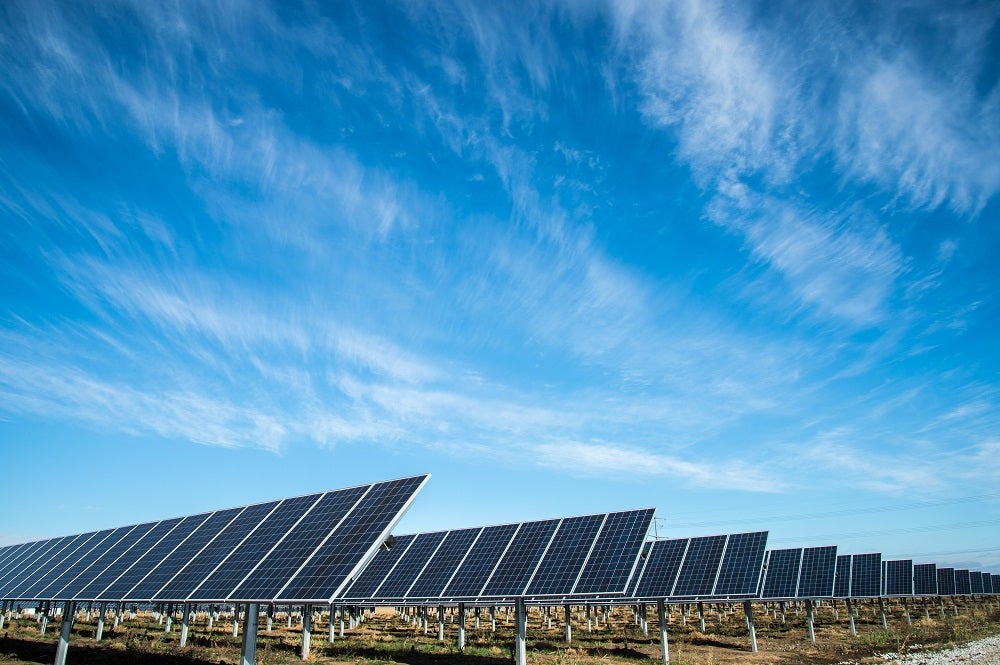
Renewable power is on track to set new records for capacity growth over the next two years, showing resilience in the face of huge disruption to world energy markets during coronavirus.
According to the International Energy Agency (IEA), new additions of renewable capacity will total almost 200 gigawatts (GW) by the end of this year – representing just under 90% of all new power expansion globally.
Throughout 2021, there will be a further 10% expansion of the world’s renewables fleet – the fastest growth since 2015 – as projects that were delayed by the pandemic move ahead to commissioning.
“Renewable power is defying the difficulties caused by the pandemic, showing robust growth while others fuels struggle,” said IEA executive director Dr Fatih Birol.
“The resilience and positive prospects of the sector are clearly reflected by continued strong appetite from investors – and the future looks even brighter with new capacity additions on course to set fresh records this year and next.”
China, India and the European Union (EU) have driven a 15% year-on-year expansion of global renewable capacity in the first ten months of 2020 – growth that will see electricity generated by renewable technologies will increase by 7% by the end of the year.
Policy support needed for longer-term growth in renewable power
Looking ahead to 2022, the IEA’s Renewables 2020 report estimates a “small decline” in renewable capacity additions, caused by the expiry of incentives in key markets and resulting uncertainties.
The Paris-based agency calls for policy action to address these forthcoming development hurdles, saying that if appropriate decisions are made, global solar PV and wind additions could each increase by a further 25% in 2022.
Dr Birol added: “Renewables are resilient to the Covid crisis but not to policy uncertainties. Governments can tackle these issues to help bring about a sustainable recovery and accelerate clean energy transitions.
“In the US, for instance, if the proposed clean-electricity policies of the next US administration are implemented, they could lead to a much more rapid deployment of solar PV and wind, contributing to a faster decarbonisation of the power sector.”
Sustained policy support for renewables, as well as falling costs of deployment, will drive “strong growth” in renewable power technologies over the next five years, according to the IEA, accelerating the shift away from fossil fuels.
By 2023, wind and solar capacity is on course to outmatch that of natural gas – and to surpass coal-generation capacity by 2024.
“In 2025, renewables are set to become the largest source of electricity generation worldwide, ending coal’s five decades as the top power provider,” said Dr Birol.
“By that time, renewables are expected to supply one-third of the world’s electricity – and their total capacity will be twice the size of the entire power capacity of China today.”
However, while renewable electricity is continuing to make strong progress, the IEA warns that renewable fuels are set to experience their first annual decline for two decades this year.
This is due to the worldwide fall in demand for transport fuels during the pandemic, which has caused so much disruption to the oil and gas sector – as well as lower fossil-fuel prices reducing the economic attractiveness of biofuels.
“More can and should be done” to support deployment and innovation in bioenergy to supply sustainable fuels for the transport and heavy industry sectors, urged the IEA.



